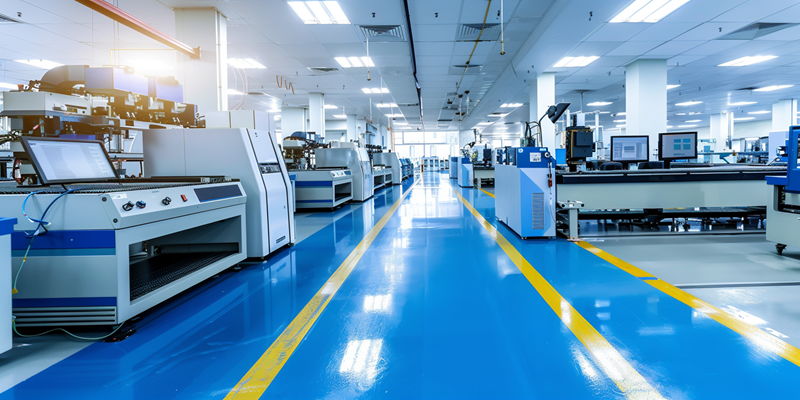Micron Technology is set to embark on an ambitious expansion strategy with the construction of new semiconductor fabrication facilities in Idaho and New York. The plans, originally announced in 2022, had faced uncertainty due to a downturn in the PC market in 2023. However, recent improvements in market conditions have allowed Micron to solidify its timeline for these projects. The Idaho fabrication plant is projected to commence operations between September 2026 and September 2027, while the New York facility is anticipated to start between 2027 and 2028, potentially extending into 2029. This strategic move underscores Micron’s confidence in a market recovery and its commitment to advancing semiconductor technology.
Both new fab projects are a testament to Micron’s response to evolving market conditions and its pursuit of cutting-edge technology. Significant financial backing has been secured through the CHIPS Act, with $6.1 billion in direct funding from the Biden administration supporting these endeavors. Over the next 20 years, these facilities are expected to create up to 75,000 jobs, emphasizing the long-term economic impact of Micron’s expansion. The total investment across these projects is projected to exceed $125 billion, underscoring the scale and importance of these new fabs in the semiconductor industry.
Transition to Extreme Ultraviolet Lithography
Micron Technology is set on a significant expansion path with new semiconductor fabrication plants in Idaho and New York. Initially announced in 2022, these plans had faced delays due to a decline in the PC market in 2023. However, with recent market improvements, Micron has confirmed its timeline. The Idaho plant aims to be operational between September 2026 and September 2027, and the New York facility is projected to start between 2027 and 2028, potentially extending into 2029. This move highlights Micron’s optimism about market recovery and its dedication to advancing semiconductor tech.
The projects reflect Micron’s adaptability to shifting market dynamics and its pursuit of cutting-edge advancements. Financially, the CHIPS Act provides robust support, with $6.1 billion in direct funding from the Biden administration. Over the next 20 years, these plants are expected to generate as many as 75,000 jobs, showcasing their substantial economic impact. With total investment projected to exceed $125 billion, these new facilities underscore their crucial role in the semiconductor industry’s future.

